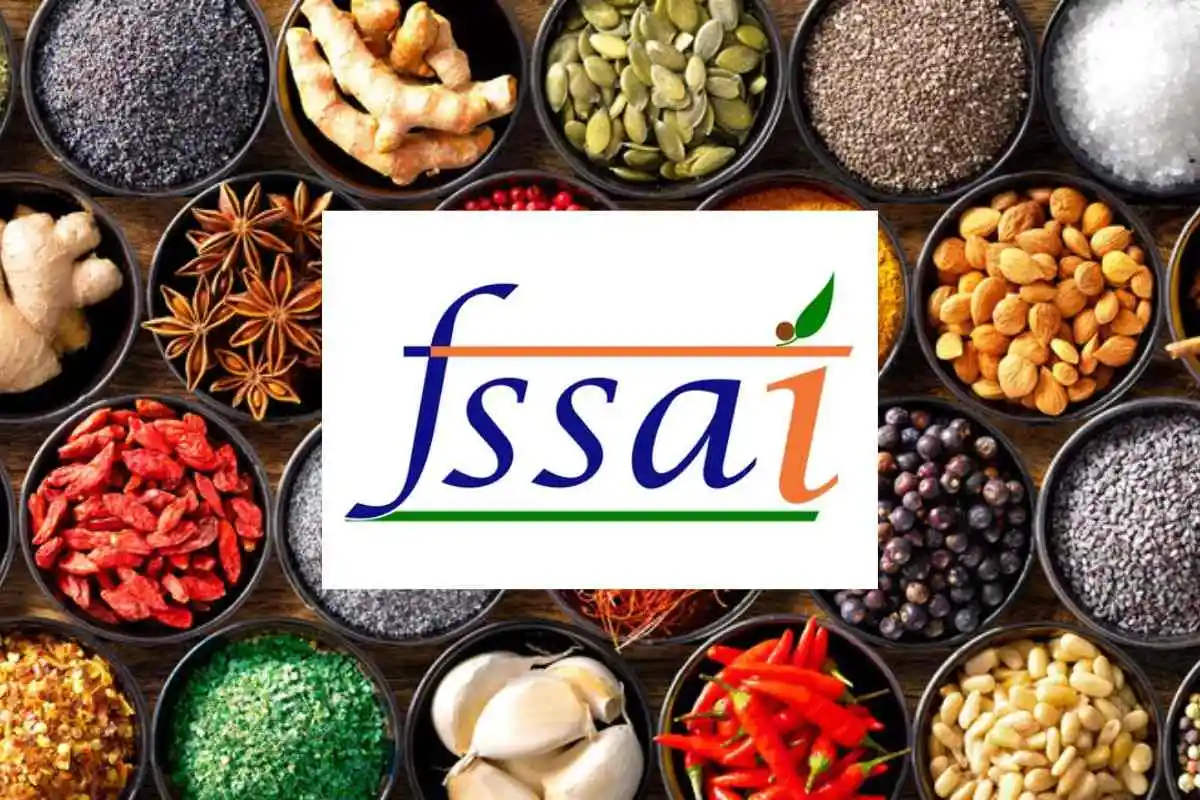
Representative Image
The Food Safety and Standards Authority of India (FSSAI) has vehemently refuted recent media reports alleging that it sanctioned elevated levels of pesticide residues in herbs and spices. Terming these reports as “false and malicious,” the regulatory body issued a press statement asserting India’s adherence to stringent Maximum Residue Limits (MRLs) standards, which are among the most rigorous globally. FSSAI emphasized that MRLs for pesticides are determined based on comprehensive risk assessments tailored to different food commodities.
In India, pesticide regulation falls under the purview of the Ministry of Agriculture and Farmers Welfare (MoA and FW) through the Central Insecticide Board and Registration Committee (CIB and RC) established under the Insecticide Act of 1968. These regulatory bodies oversee the manufacturing, import, transport, and storage of pesticides, and they make decisions regarding their registration, prohibition, or restriction.
FSSAI further explained that its Scientific Panel on Pesticides Residues meticulously evaluates data provided by CIB and RC, conducting risk assessments that consider the dietary habits of the Indian population and health concerns across various age groups. Out of over 295 pesticides registered by CIB and RC, 139 are approved for use in spices, aligning with Codex standards, which recognize 243 pesticides, of which 75 are applicable to spices.
Each pesticide may have different MRLs depending on the food commodity and associated risk assessments. For instance, Monocrotophos, a commonly used pesticide, has varying MRLs: 0.03 mg/kg for rice, 0.2 mg/kg for citrus fruits, 0.1 mg/kg for coffee beans, and 0.5 mg/kg for cardamom and 0.2 mg/kg for chilli. In cases where MRLs have not been established, a default limit of 0.01 mg/kg applies, which is raised to 0.1 mg/kg for spices, but only for pesticides not registered in India by CIB and RC.
Moreover, some pesticides are authorized for use across multiple crops, with distinct MRLs for each. For example, Flubendiamide’s MRL varies from 0.1 mg/kg in brinjal to 50 mg/kg in tea. Similarly, Monocrotophos exhibits varying MRLs, ranging from 0.03 mg/kg in food grains to 2 mg/kg in dried chilli.
FSSAI underscores its commitment to ensuring food safety and encourages public confidence in India’s regulatory mechanisms.
“The MRLs are dynamic in nature and regularly revised based on the scientific data. This practice is aligned with global standards and ensures that MRL revisions are made on a scientifically valid basis, reflecting the latest findings and international norms,” FSSAI said.
Also Read: Iqbal Ansari: “Last 10 Years Of PM’s Tenure Have Been Very Good…We Want Him…”
To read more such news, download Bharat Express news apps


















